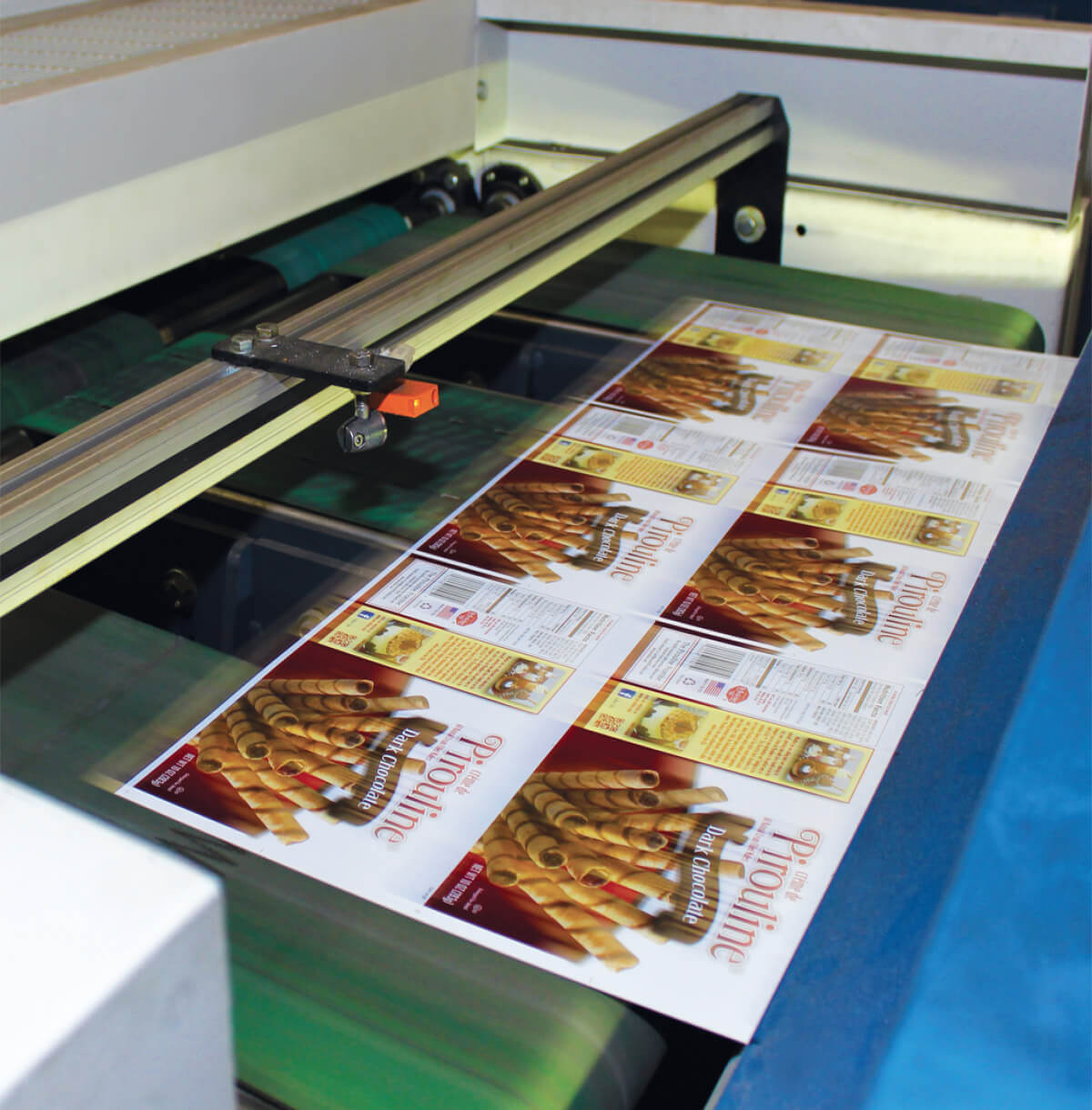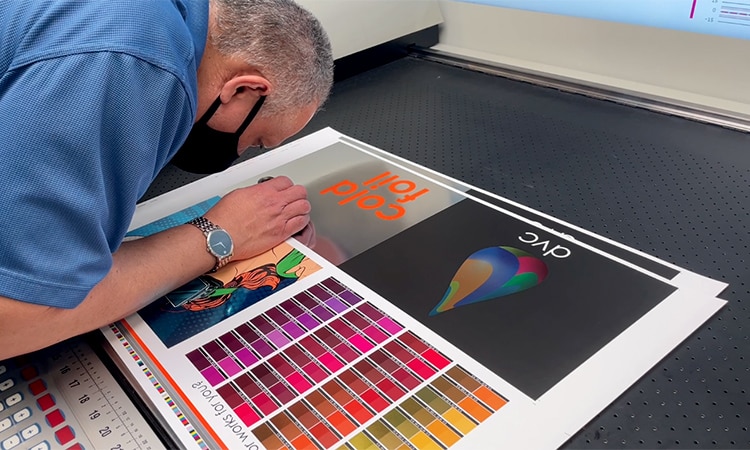Why litho printing Is Ideal for High-Volume Print Runs
Why litho printing Is Ideal for High-Volume Print Runs
Blog Article
A Comprehensive Overview to Understanding Litho Printing Techniques
The globe of litho printing, a strategy originating from the late 18th century, is an interesting blend of background, art, technology and scientific research. Remain with us as we trip into the captivating world of litho printing.
The Historical Advancement of Litho Printing
The historical trajectory of litho printing, a pivotal development in the realm of communication, is an exciting story of human resourcefulness. The process advanced with the arrival of the rotating press, which significantly enhanced productivity. Each phase of litho printing's development showcases humankind's ruthless pursuit of efficiency and high quality in visual communication.
Deciphering the Science Behind Litho Printing Inks
Progressing in the exploration of litho printing methods, the focus currently moves to the scientific research behind litho printing inks. The composition of these inks, their drying out process, and shade mixing methods create the foundation of this intricate art kind. Recognizing these elements is important to mastering the craft and achieving the preferred print outcomes.
Composition of Litho Inks
In lithographic printing, the fundamental duty of litho inks can not be overstated. The structure of litho inks varies depending upon its purpose, but normally, they include two primary elements - automobiles and pigments. Pigments, the color-providing elements, are carefully ground bits put on hold in the vehicle, a liquid that carries the pigment onto the printing surface area. The car is a complicated mixture of materials, solvents, and oils, which affect the ink's drying time, adhesion, and gloss. Additionally, different ingredients are existing to enhance certain residential properties like circulation, drying, and resistance to environmental effects. Each component plays a vital component in the final print's quality, making the accurate solution of litho inks a detailed science.
Ink Drying Refine
From the structure of litho inks, focus turns to the remarkable procedure of ink drying out. The drying process is critical, as it affects the last print's quality and longevity. Two main approaches are used in litho printing: oxidative drying and absorption. Oxidative drying out includes the ink reacting with oxygen in the air to create a tough, completely dry film. This technique provides a resilient finish, yet can be slower compared to absorption. Absorption, on the other hand, involves the ink leaking into the paper fibers, which is a quicker process yet can lead to much less vivid colors. The option between these approaches is dependent upon elements such as print speed requirements, the paper type utilized, and the wanted surface.
Shade Combining Strategies
While the drying out procedure plays a key function in litho printing, the scientific research of shade blending methods holds equivalent significance. The scientific research behind litho printing inks additionally takes into account the transparency of the ink, which affects how shades overlay and mix.
The Art and Design Components in Litho Printing
Litho printing takes a breath life into art and design through its special components. The procedure entails producing an image on a lithographic limestone plate or metal plate with a smooth surface area. The image is then published onto a medium, generally paper, by moving the ink from home plate. What sets litho printing apart is its capacity to reproduce elaborate designs with high integrity, making the outcome nearly similar to the initial art work. This is accomplished via the use of various line methods such as cross-hatching, hatching, and stippling, which permit an array of tonal effects. Litho printing suits a selection of colors, making it possible for artists to develop vivid and vibrant prints. This combination of precision and adaptability makes litho printing a preferred selection for numerous artists and designers.
Modern Applications of Litho Printing Methods
Litho printing methods have actually found substantial use in the modern-day commercial field. Its influence and significance proceed to grow with the advent of new advancements and modern technologies in the field. This section will certainly check out these modern applications and the transformative function they play in the printing market.
Industrial Litho Printing Makes Use Of
In today's digital age, one may question the significance of standard printing methods. Litho printing continues to be an essential part of the industrial industry. High-volume printing tasks, such as the production of books, newspapers, and product packaging, rely upon litho printing for its ability to supply premium image high quality and price effectiveness. The process, which entails moving an inked see this page image from a plate onto a rubber blanket and then to the printing surface area, provides unrivaled uniformity. This makes it ideal for jobs calling for a big print run. Litho printing also provides a broad shade spectrum, above that of electronic printing. This makes it the best option for projects that demand lively, high-quality shade reproduction.
Innovations in Litho Printing
Pushing the borders of typical methods, modern innovations have actually sustained a host of advancements in litho printing. These innovations have not only improved the high quality and performance of litho prints however likewise expanded its application extent. One popular growth is digital litho printing, which combines the virtues of digital technology with litho's high-grade outcome. This hybrid model provides faster configuration times, lowered waste, and enables on-demand printing. One more noteworthy innovation is the intro of environmentally friendly inks. These inks, made from veggie or soy-based services, have actually dramatically reduced the industry's ecological impact. litho printing. In addition, the advancement of advanced plate innovation has structured the printing process, leading to sharper images and enhanced shade fidelity. These developments underscore the long-lasting relevance of litho printing in the modern globe.
Exploring the Process of Litho Printing: Action by Step
Difficulties and Solutions in Contemporary Litho Printing

Despite the accuracy and tradition that litho printing proudly upholds, it is not without its collection of modern challenges. One of the most common issues consist of the high preliminary configuration price, trouble in printing variable information, and ecological problems because of chemical usage. Solutions are arising as technology advances. Digital litho printing enables affordable short runs and very easy customization, resolving the problem of variable data. Environmentally-friendly inks and more secure plate-making procedures alleviate environmental worries. Furthermore, improvements in automation have reduced labor prices, further equalizing the lithography process. Thus, while there are challenges, the litho printing market is proactively adapting to meet them head-on, ensuring its relevance in the future.
Verdict
Finally, read here litho printing, with its rich background and scientific complexities, holds a significant area in the print sector. As the overview exposes, it's a synthesis of art and innovation, with modern advancements ensuring its relevance. The industry faces challenges that call for ingenious options, with an emphasis on automation and sustainability. The future of litho printing pivots on its capacity to adapt to these changing demands, affirming its enduring value in an evolving market.

Report this page